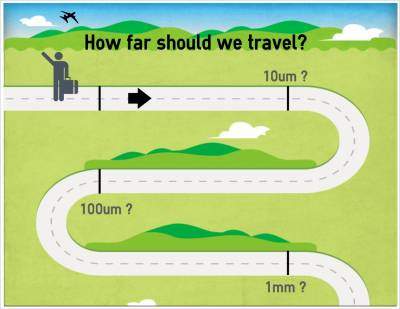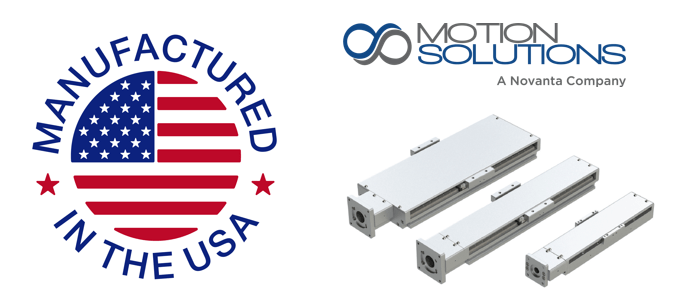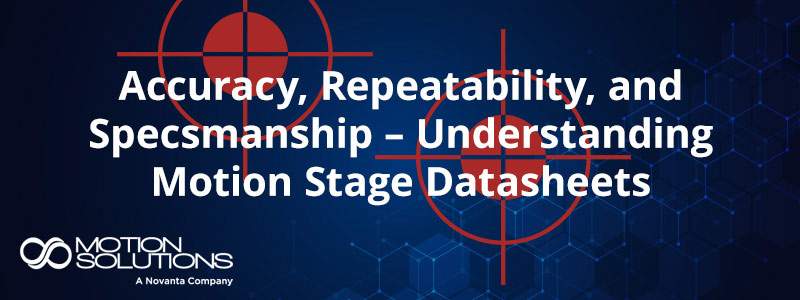Travel range is the maximum distance a piezo stage can move in a single axis. Current flexure stage design can provide travel ranges of up to 2mm in a single plane and 10s of mradians of tip/tilt motion. There are often two specifications you will see when comparing stages: open-loop and closed-loop range. Open-loop range will often times be greater and is the maximum distance the piezo can extend. No sensors signal to maintain a desired position so open-loop ranges can vary by 10% or more. Closed-loop range will be less, as some of the open-loop range will be needed to make up for drift common in piezo stacks when in open-loop. Stages are calibrated at nPoint with a laser interferometer to ensure travel range in closed-loop mode is exact.
Piezo stacks typically achieve a stroke distance of 0.1% of their length. Direct drive piezo stages with large displacement would have to be very large and bulky. To combat this, amplification can be used to achieve greater travel ranges in a much smaller footprint. Although scanning speed may be compromised, this can be an important consideration when choosing a stage.

Travel Range vs. Position Noise
One of the most important things to note when considering travel range is the trade-off between position noise and maximum travel distance. The position noise of a stage will often increase with larger travel distances. It is important to consider what the maximum travel requirement will be for a stage and compare the desired position noise to determine what (if any) trade-offs should be made.
Here is an example of similar stages with different travel ranges. You can see how the position noise will increase with larger distances. If position noise is important, be sure to ask, as there might be other solutions to achieve your specifications. Custom designs can also be created with this in mind in order to obtain the best resolution possible for the stage.

Travel Range vs. Resonant Frequency
When longer travel is desired, it is also important to understand how scanning speed may be compromised. While stages are designed for a multitude of purposes, as a rule of thumb when speed an resolution are important, it is best to chose a stage with a shorter travel range.
The following chart illustrates the affect of greater travel range on resonant frequency. Below are three different stages and their travel ranges along with differences in resonant frequency. The nPX series stages are relatively compact, single axis stages, with a small moving mass and no aperture.

Here is an example of the nPBio series. These nanopositioning stages all have a similar footprint and a relatively large moving mass (as another comparison).

In both cases it is necessary to understand that travel range affects stage resonance and scanning speed. As a rule of thumb you can safely scan at 1/10 the resonant frequency with this type of nanopositioner.
Travel range is a very important factor when deciding what stage is the best fit. Be sure to pick a range that will give you the distance you require, but be sure to consider what scanning speeds are key to your application. If a trade-off is necessary, stage design may help eliminate any issues with meeting specifications.




